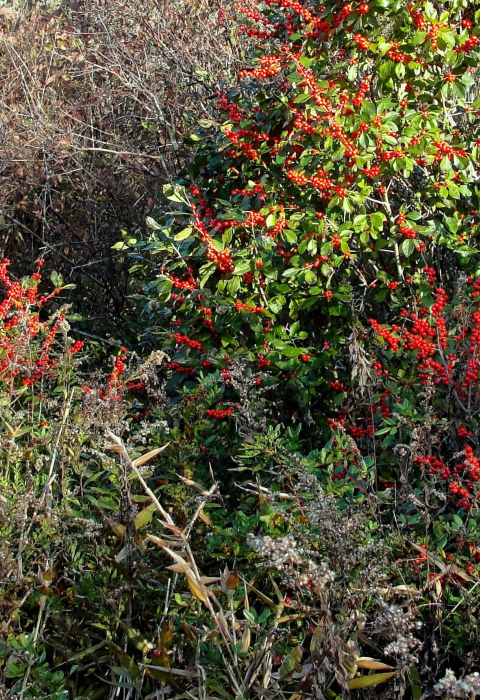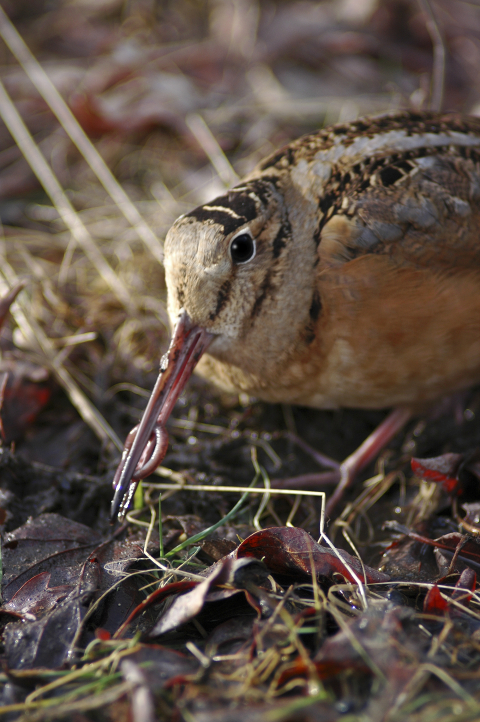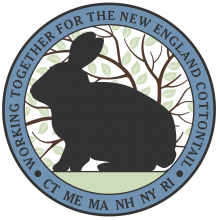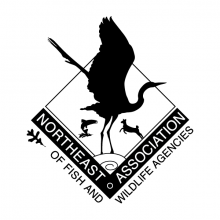State Wildlife Management Area Project
About 3,100 acres of Scarborough Marsh Wildlife Management Area are salt marsh or other wetlands, and 150 acres are upland habitat.
The Maine Department of Inland Fisheries and Wildlife (MDIFW) manages 65 acres of the upland to benefit New England cottontails and other young forest wildlife.
Blending Management Techniques
In 2011, conservationists used a 21-acre timber harvest to boost the amount of young forest habitat, which is rare in southern Maine.
Parts of the WMA have been managed as fields for years through mowing and prescribed burning. MDIFW stopped mowing parts of the old fields near the logged acres to allow the growth of native shrubs such as alder, willow, viburnums, and bayberry.
Brushy corridors between the young forest and shrublands let wildlife move between the habitats.
Biologists have released New England cottontails on the WMA. They share the habitat with American woodcock, alder and willow flycatchers, common yellowthroats, brown thrashers, and many other birds.
How to Visit
The area managed as young forest and shrubland is behind Scarborough Industrial Park along Manson Libby Road. There’s a parking area next to MDIFW’s barn on Manson Libby Road, and a smaller parking area near the intersection of Washington and Manson Libby roads. An observation tower open to the public provides a view of the marsh and the managed upland area.




